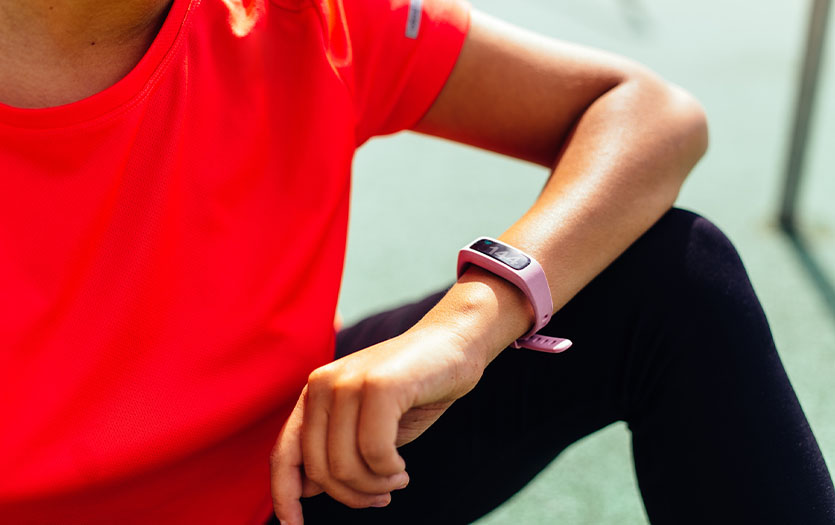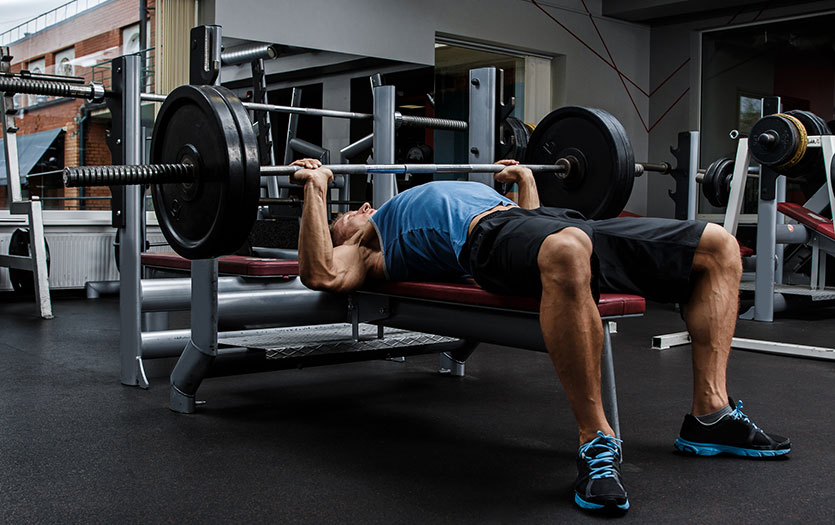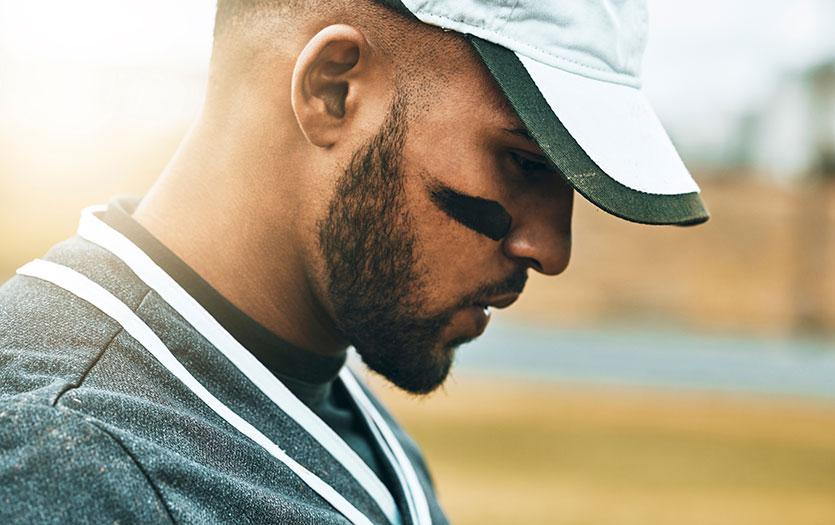
This post was written by Mitchell Anderson, ATC, certified athletic trainer, Parkview Sports Medicine.
Athletic trainers and strength training specialists often work together to provide active populations with prescribed exercise. These two professionals employ different uses of many forms of movement, including barefoot conditioning. Exercise has been around for ages, as have athletic shoes, but that doesn’t mean this footwear is for everyone. Let’s take a closer look at the benefits of barefoot exercise, implementation and important considerations.
The benefits
Some benefits of barefoot exercise include:
- Increased proprioception
- Increased intrinsic muscle strength and endurance
- Assistance with poor foot mechanics
- Gains through reflexology
Proprioception
This is a term for the body's orientation relative to gravity and space and is one area that can benefit from lifting weights barefoot or even with prescriptive rehabilitation. This system comprises the inner ear, joint receptors and the eyes to help your body. The foot has many joint receptors that clinicians target with rehab or exercise. For example, a patient with an ankle sprain may balance on a single leg with their eyes closed, or an athlete may use a single leg to perform a Romanian deadlift. Performing these without a shoe on strengthens the body’s nervous system as it performs dual tasks.
Intrinsic strength and endurance
The muscles that control the foot mechanics come from the calf (extrinsic) and within the foot (intrinsic). These are important to move the body forward and control movement in most lower-body exercises. Exercising without footwear could challenge the intrinsic foot muscle group. Athletic trainers target this specific muscle group to assist with functional movement and recovery from lower extremity injury. Strength conditioning specifically challenges this system to improve an athlete’s jumping and running performance.
Sports medicine has used orthotics and other devices to assist with performance or care, but this paradigm shift in thinking could assist with decreasing the need for these devices and increasing the importance of barefoot exercise.
Reflexology
This Western medicinal approach to pain in the body addresses specific areas of the hand or foot that are connected with organs. Stimulating these through massage, tapping, barefoot exercise or foot exposure to textures is said to stimulate nerves and blood circulation that could promote healing. While this thought process may seem taboo, for some people, it can be helpful. Some clinicians use tennis balls,, golf balls or rocks to assist with healing or performance.
The risks
Like most things related to physical activity, barefoot movement does present some risks:
Trauma: There is concern about leaving your foot unprotected, given the chance you could drop a weight or heavy object or sustain a puncture or trauma to the foot.
Pain or complications: Some literature suggests that barefoot exercise may increase pain if you have a pre-existing foot condition.
Before deciding whether barefoot exercise is appropriate for you, speak with your athletic trainer, strength specialist, physical therapist, podiatrist or primary care provider for guidance.
Resources
Tam N, Astephen Wilson JL, Noakes TD, Tucker R. Barefoot running: An evaluation of current hypothesis, future research and clinical applications. British Journal of Sports Medicine. 2013;48(5):349-355. doi:10.1136/bjsports-2013-092404
McKeon PO, Hertel J, Bramble D, Davis I. The foot core system: A new paradigm for understanding intrinsic foot muscle function. British Journal of Sports Medicine. 2014;49(5):290-290. doi:10.1136/bjsports-2013-092690
Cai D-C, Chen C-Y, Lo T-Y. Foot reflexology: Recent research trends and prospects. Healthcare. 2022;11(1):9. doi:10.3390/healthcare11010009



